A multi-disciplinary electronics and firmware engineering consultancy
AUTOMOTIVE TRIPLE SIGNAL LAMP
Manufacturing prototype

The challenge
Our client wanted to develop an LED module for a Lucas-style automotive lamp on a classic vehicle. Aside from providing a brighter light, LED has the advantage of being much more energy-efficient and economical. The idea was to eliminate the need to have both an amber lamp and a clear lamp side by side. In other words, to make a single lamp that would operate as an indicator, a side light, and a daytime running light (DRL), depending on the signals from the vehicle.
Our solution
The prototype had to fit entirely within a single lamp housing, and emit both white and amber light as required. As vehicle wiring doesn’t offer permanent power to side lights or indicators, our system had to work with this constraint yet still make logically sound decisions under all circumstances.
To achieve this, we had to determine all the various combinations of inputs, and tabulate the required outputs. And while that sounds reasonably straightforward, there were a number of nuances to consider. For example, an indicator signal must automatically extinguish the side light and DRL, but it must also hold them off for a short period for when another cycle of the indicator occurs. And while the sidelight and DRL both use the same white LEDs (but with a brightness control) the indicator light uses yellow LEDs.
Our design uses a small 8-pin microcontroller (ATtiny) which steals power from both the sidelight and DRL in order to allow it to manage both. Using a microcontroller in this way provides huge flexibility more simply than discrete circuitry.
The removal of the incandescent lamp from the unit allowed us to fit two stacked PCBs within the lens. The control PCB is of conventional construction, and the LED PCB is metal-backed. This configuration enables the heat from the LEDs to be removed and passed to the vehicle body.
To ensure this was a multi-purpose module we selected LEDs which are available in red, white and amber. The Lucas-style module is a standard fixture of many classic cars of the 1950’s to the 1970’s and substituting red LEDs for the white LEDs offers a rear-facing stop/tail/indicator lamp which can be manufactured with the same hardware.
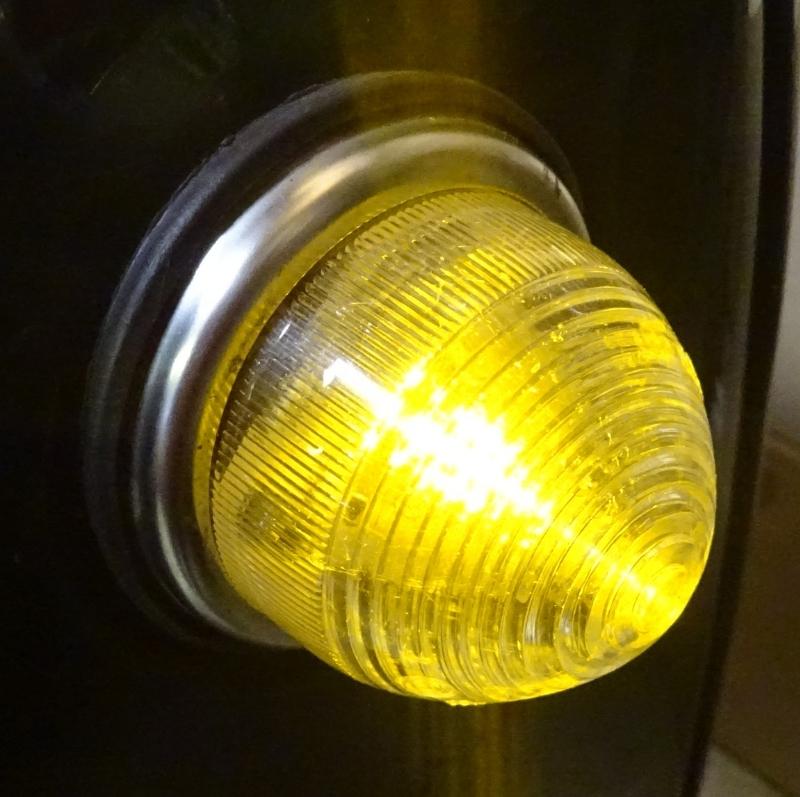
Technical highlights
Metal Printed Circuit Board
Form factor restricted
Retrofittable into existing housing
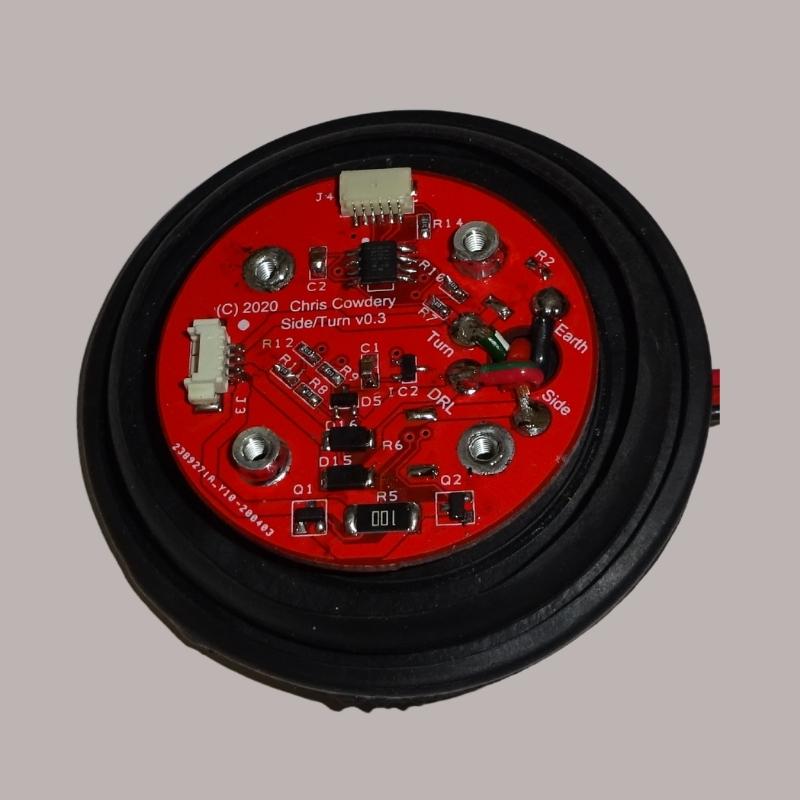
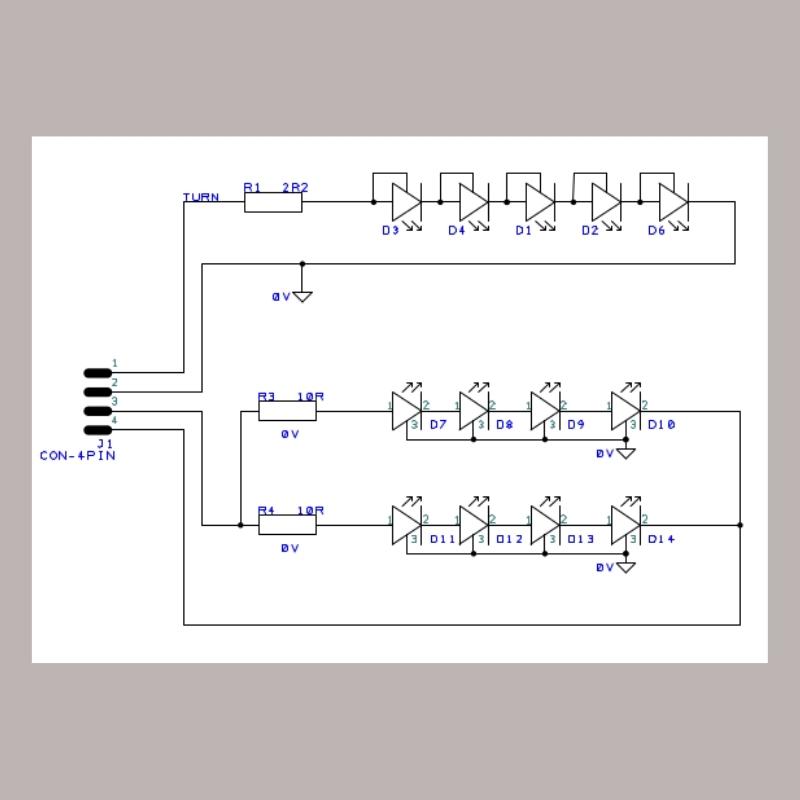
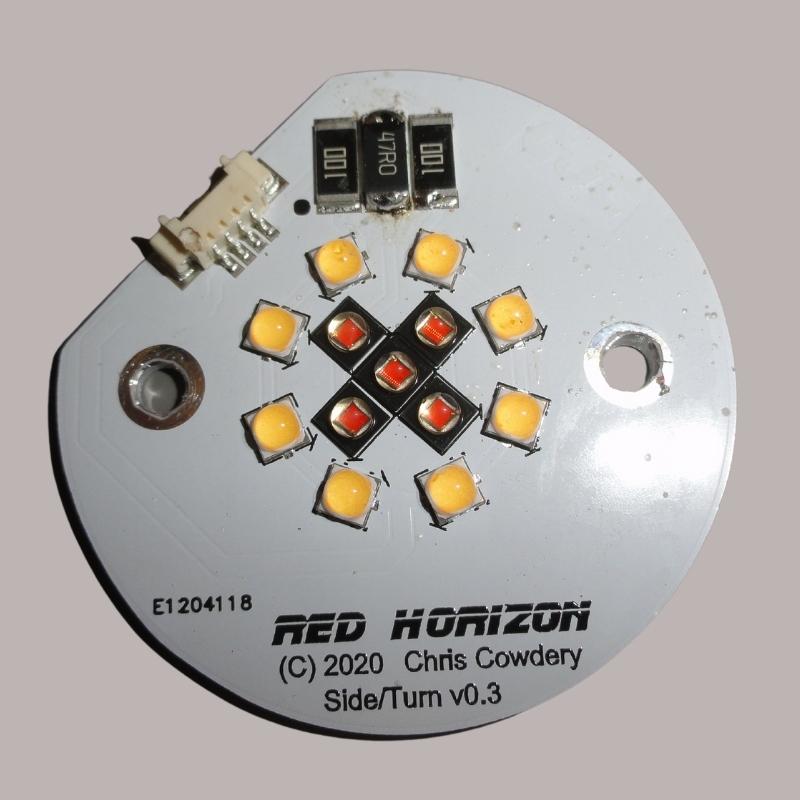
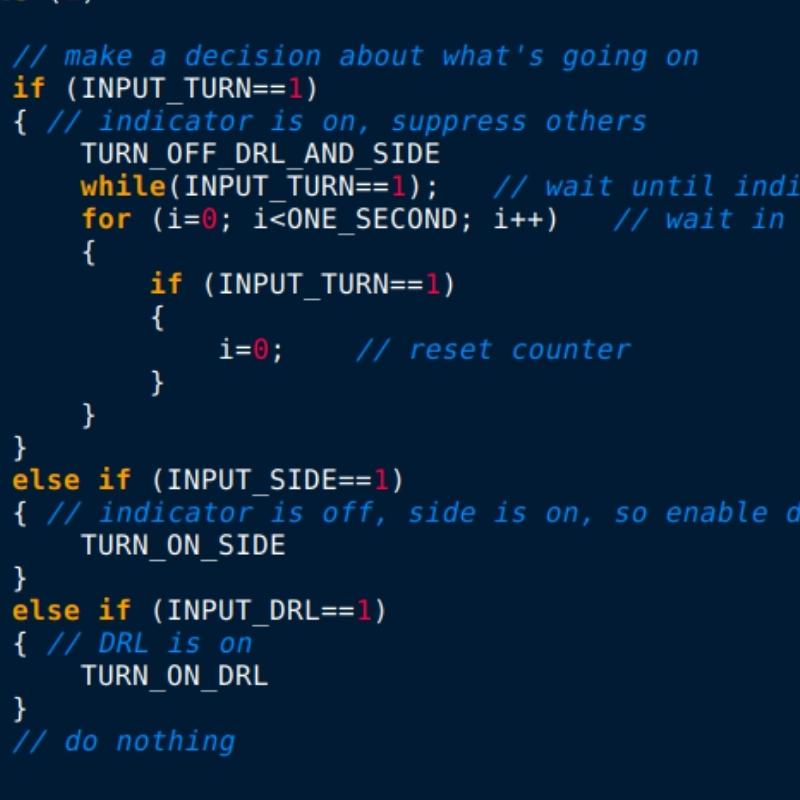
Retrofit
The design successfully retrofits into the existing Lucas housing and vehicle wiring, so from the outside looks traditional but gives enhanced functionality.
Flexibility
Although the design operates in a fixed manner, the microcontroller feature allows alternative behaviours to be implemented very easily. And the ability to change the LED colour combinations opens possibilities for other applications.
Production values
A key objective of the design project was to ensure standard manufacturing processes were used to ensure cost-efficient production.

Red Horizon Services Limited
Registered address:
The Elms, Lutton, Peterborough, PE8 5ND
Cookie policy
Telephone: + 44 7720 555 785
Email: chris@red-horizon.co.uk
Office Hours:
Mon to Fri 08.30 to 18.00
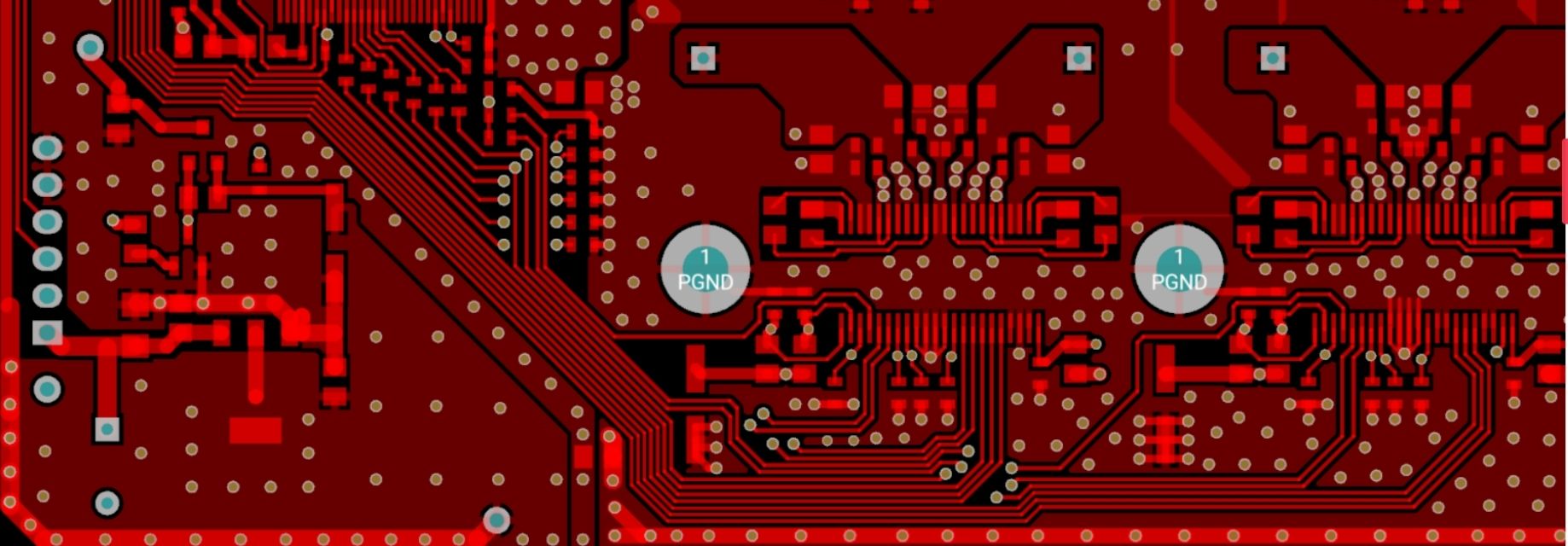
© 2022
